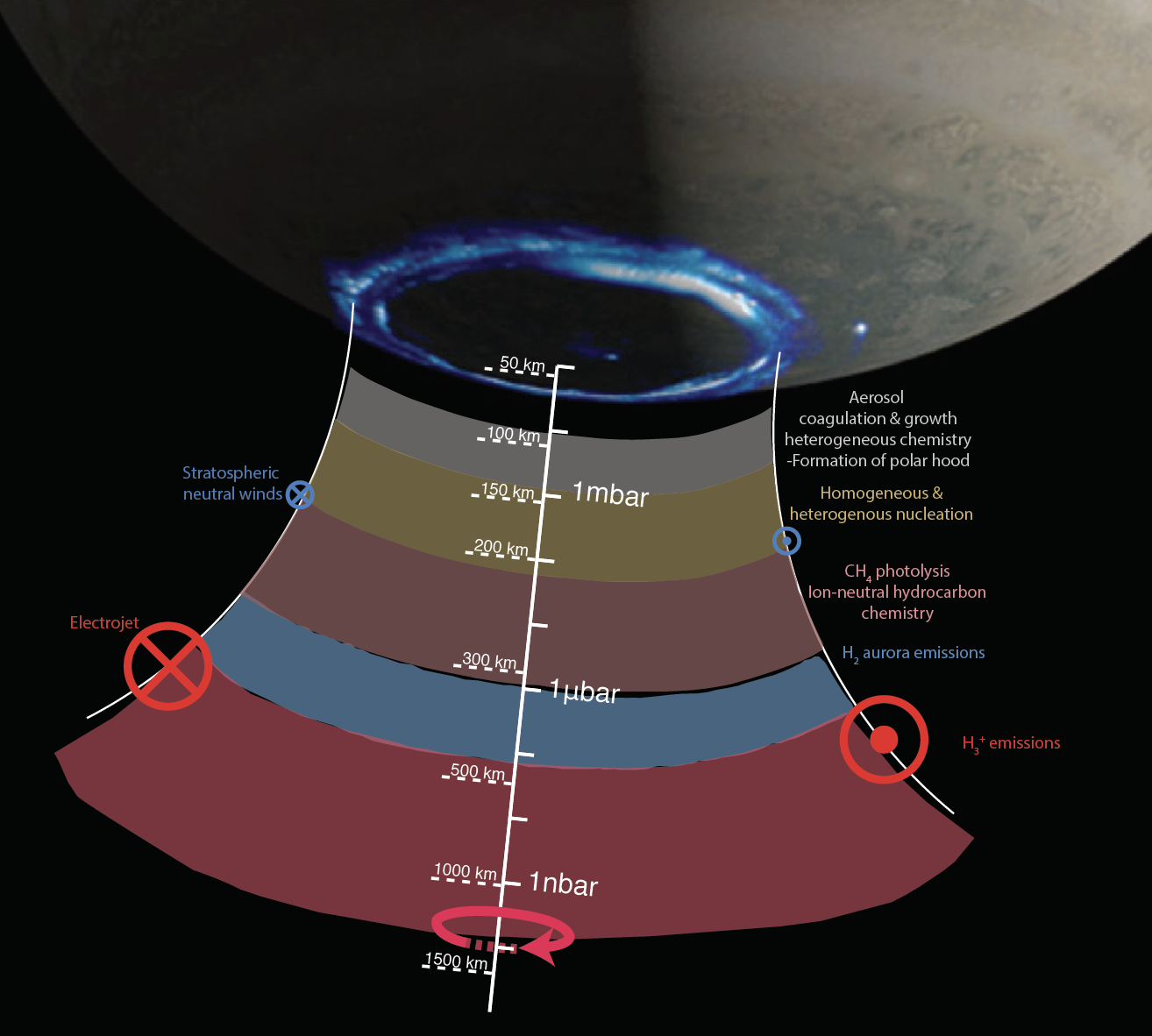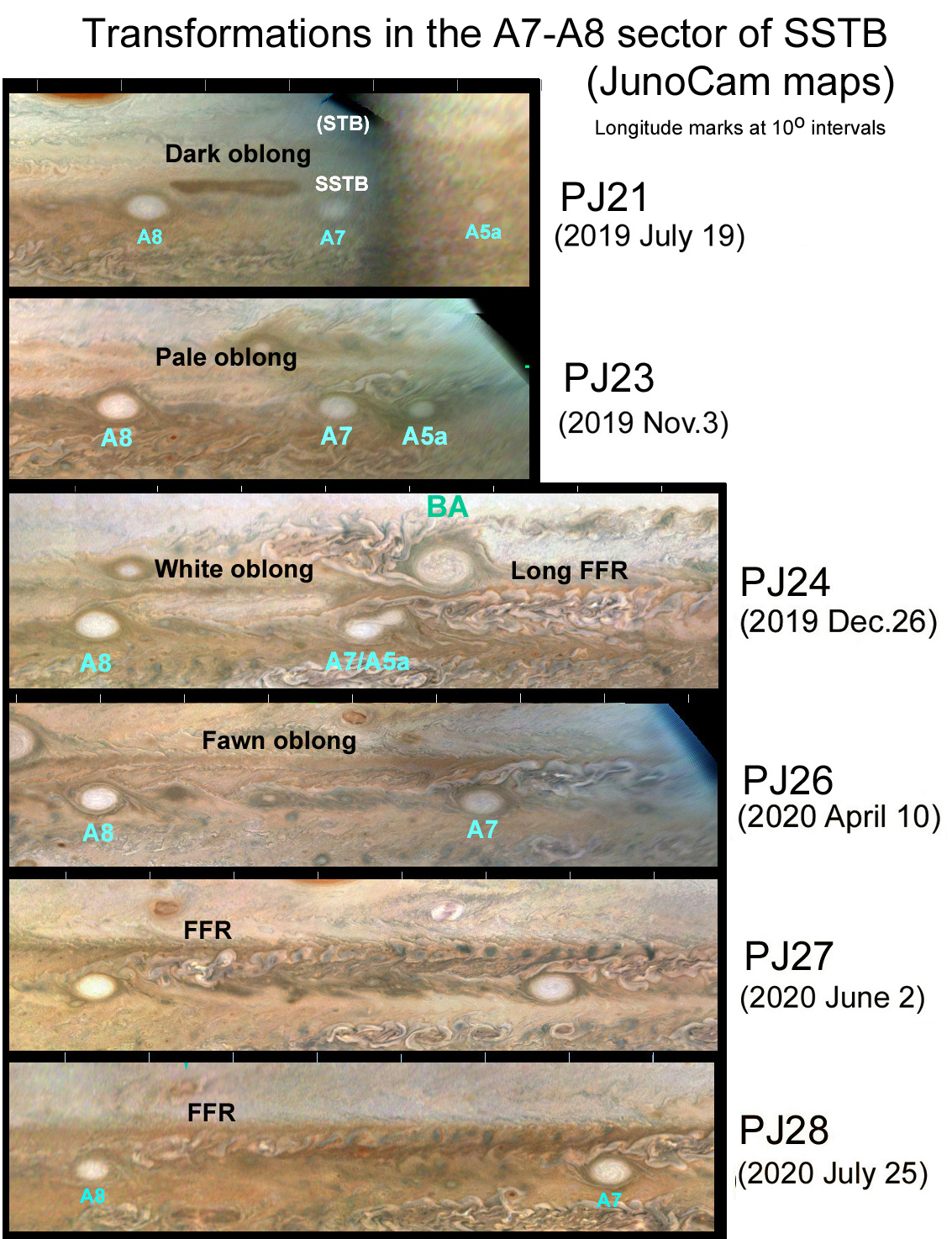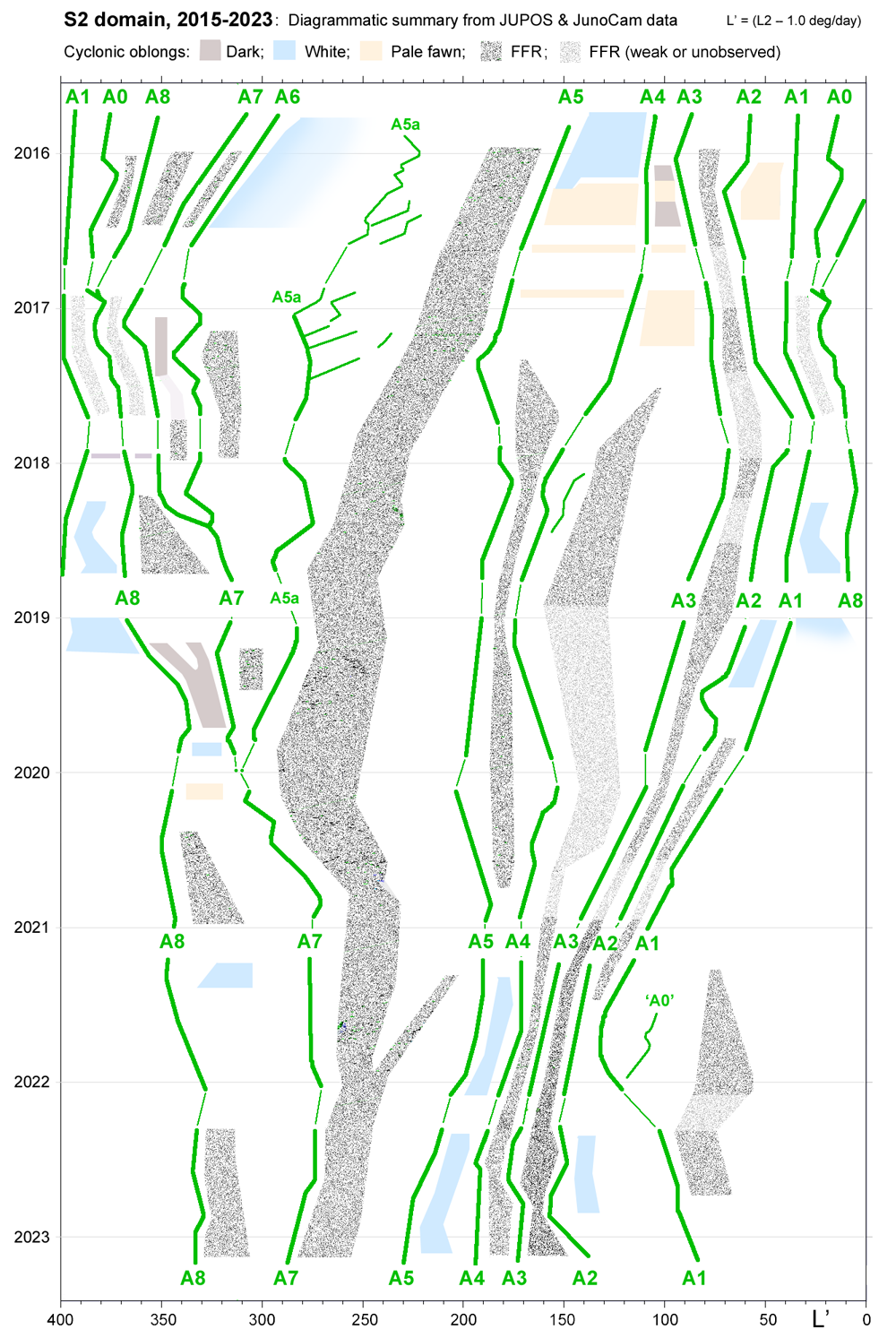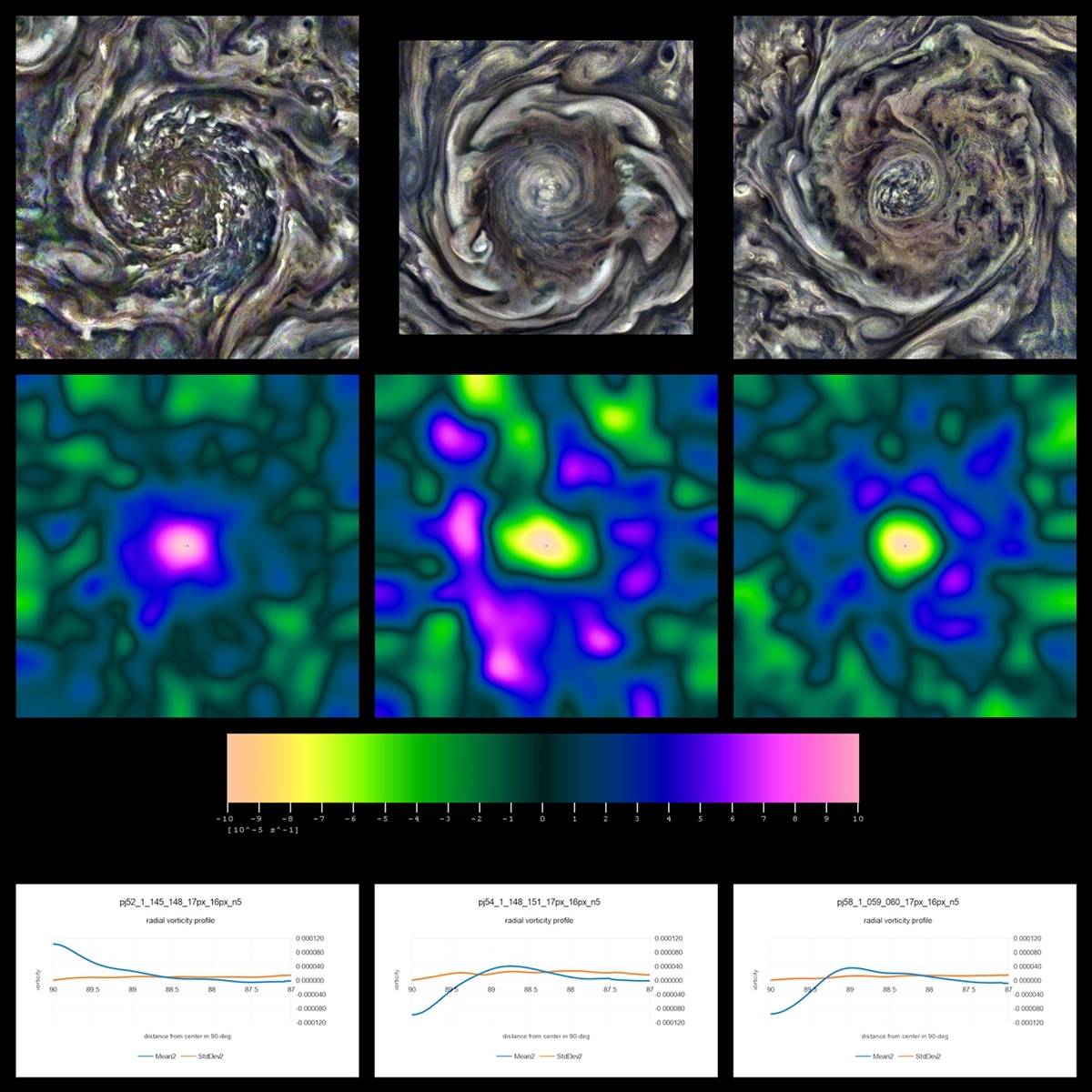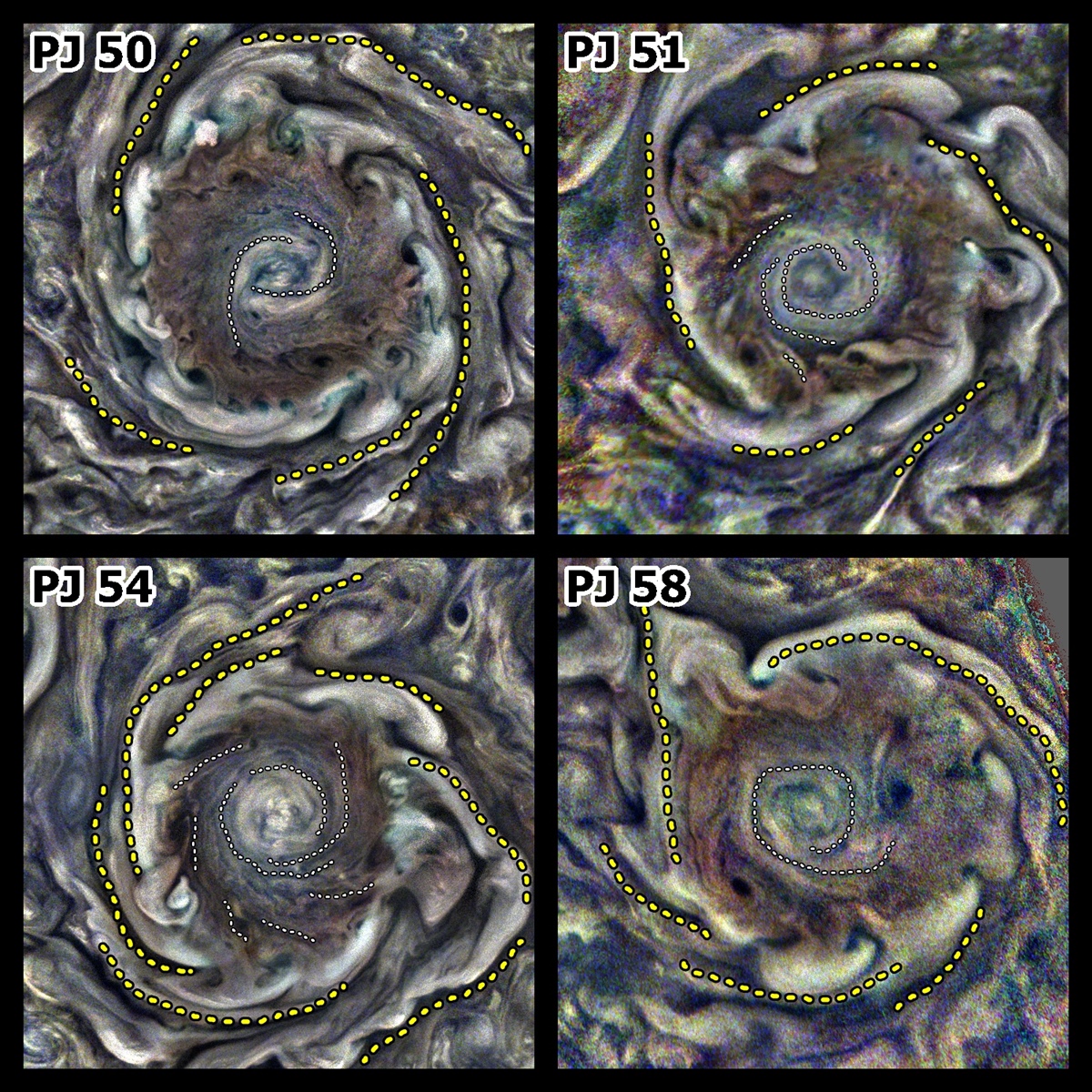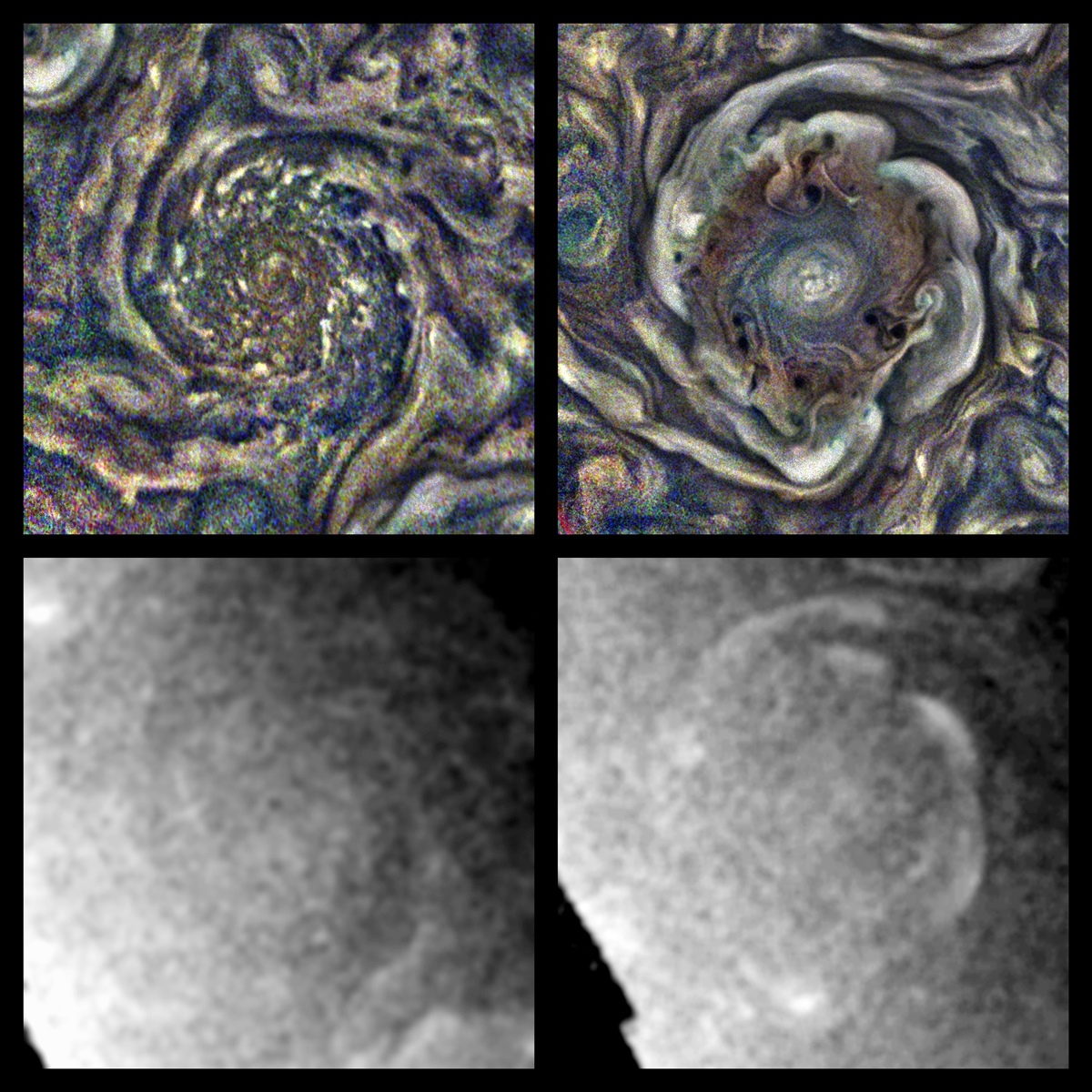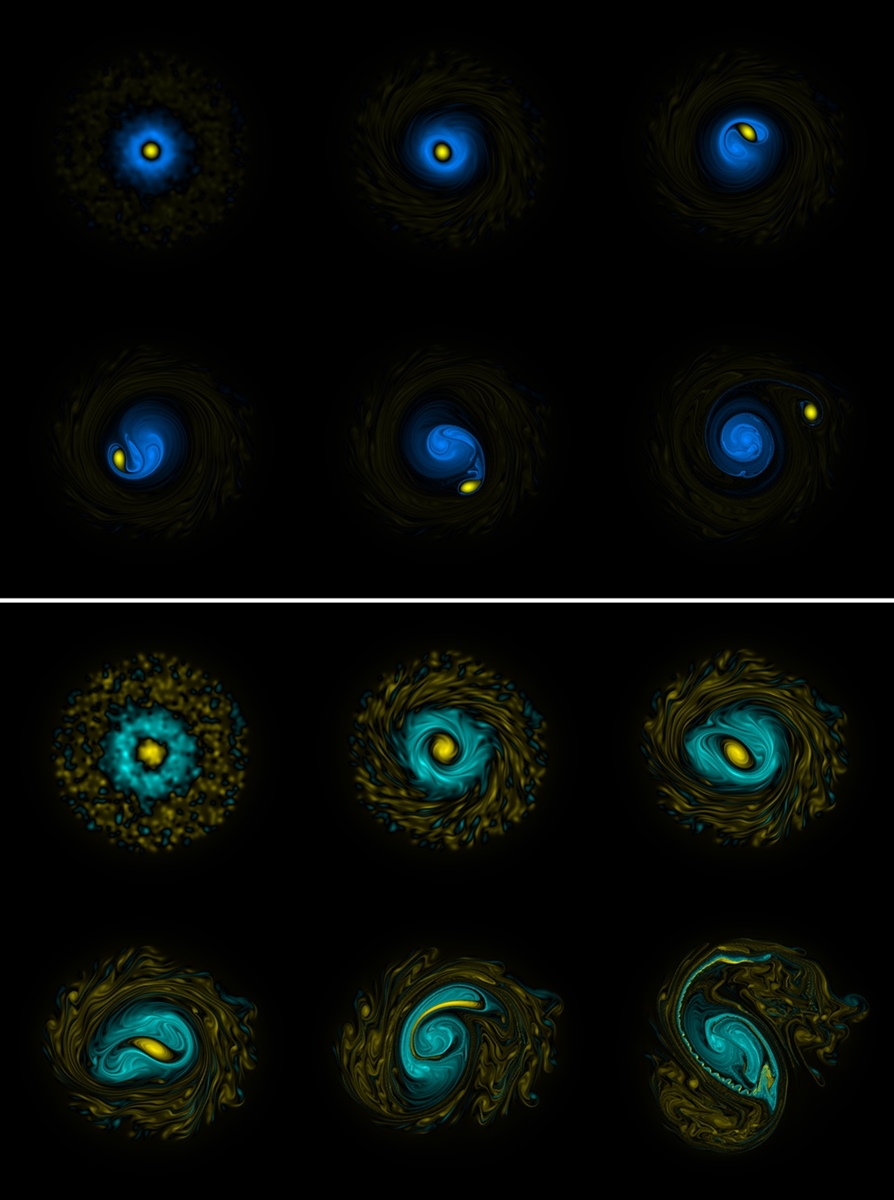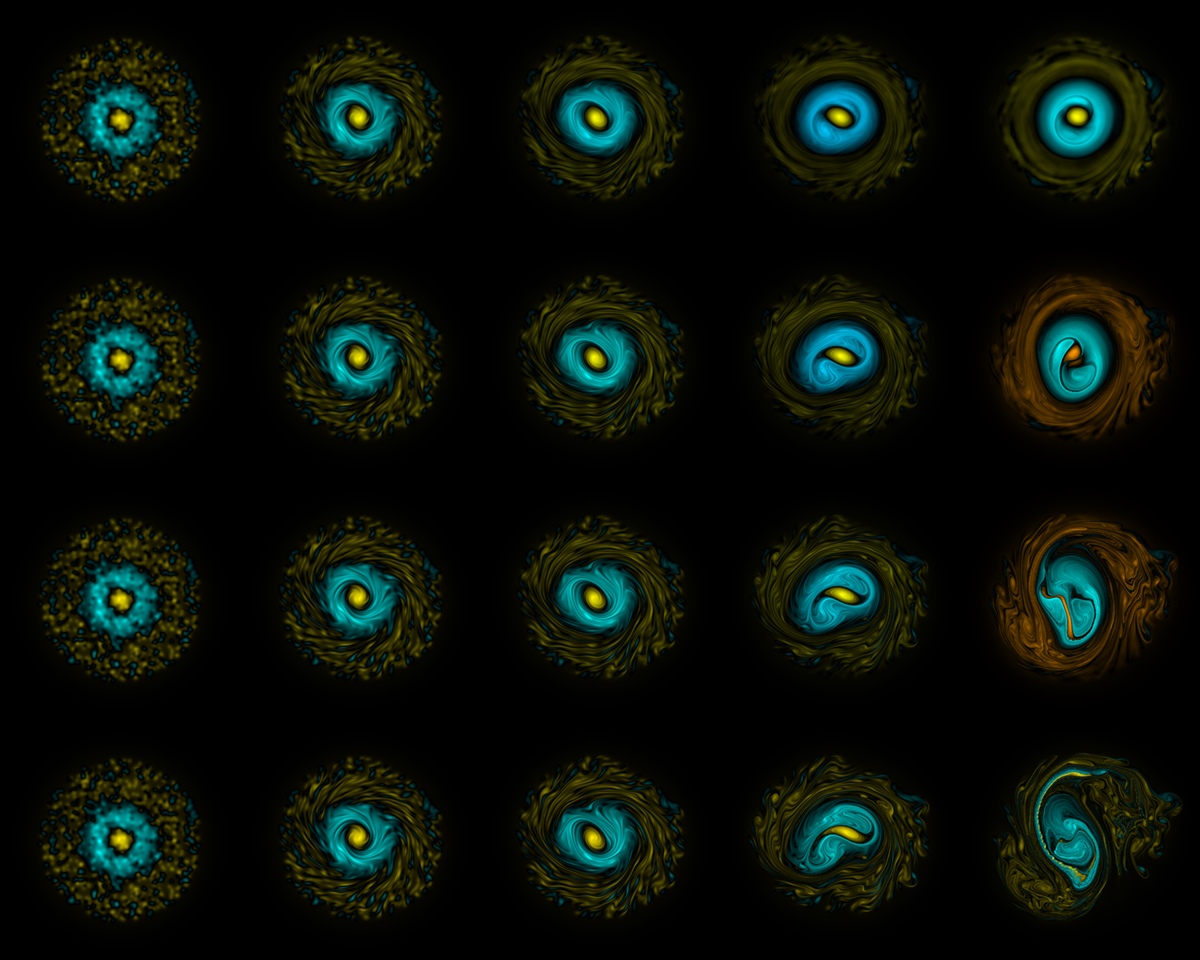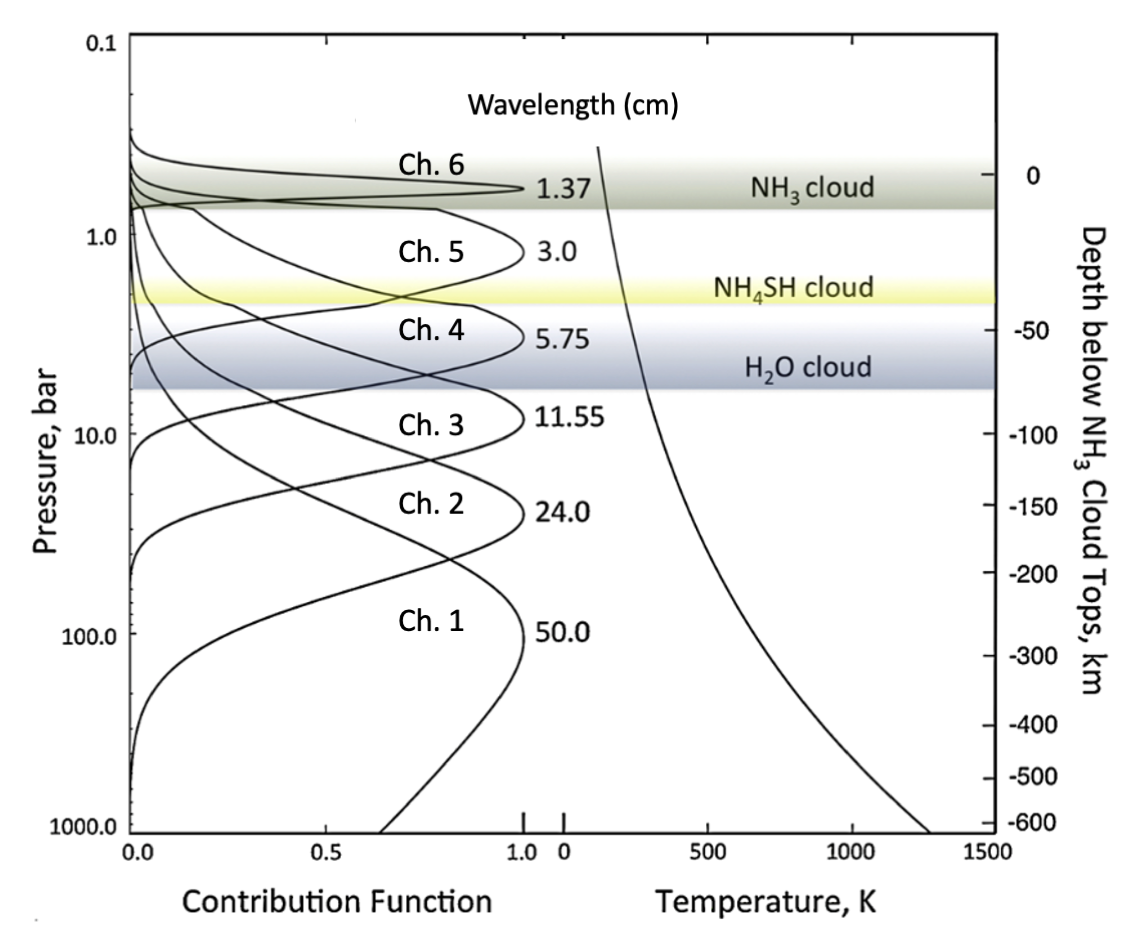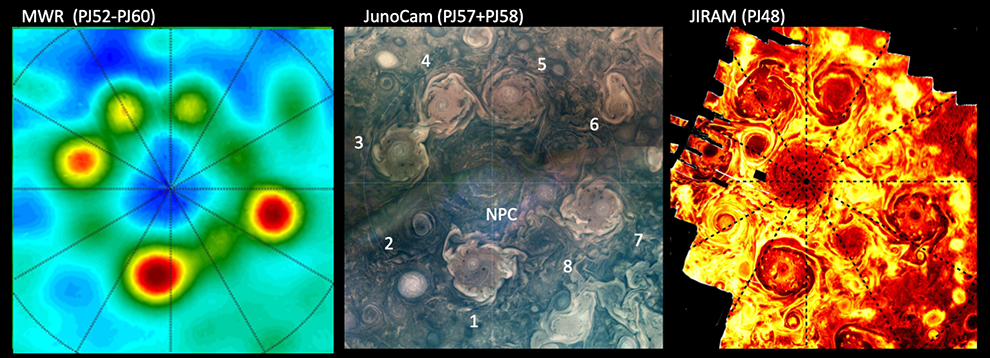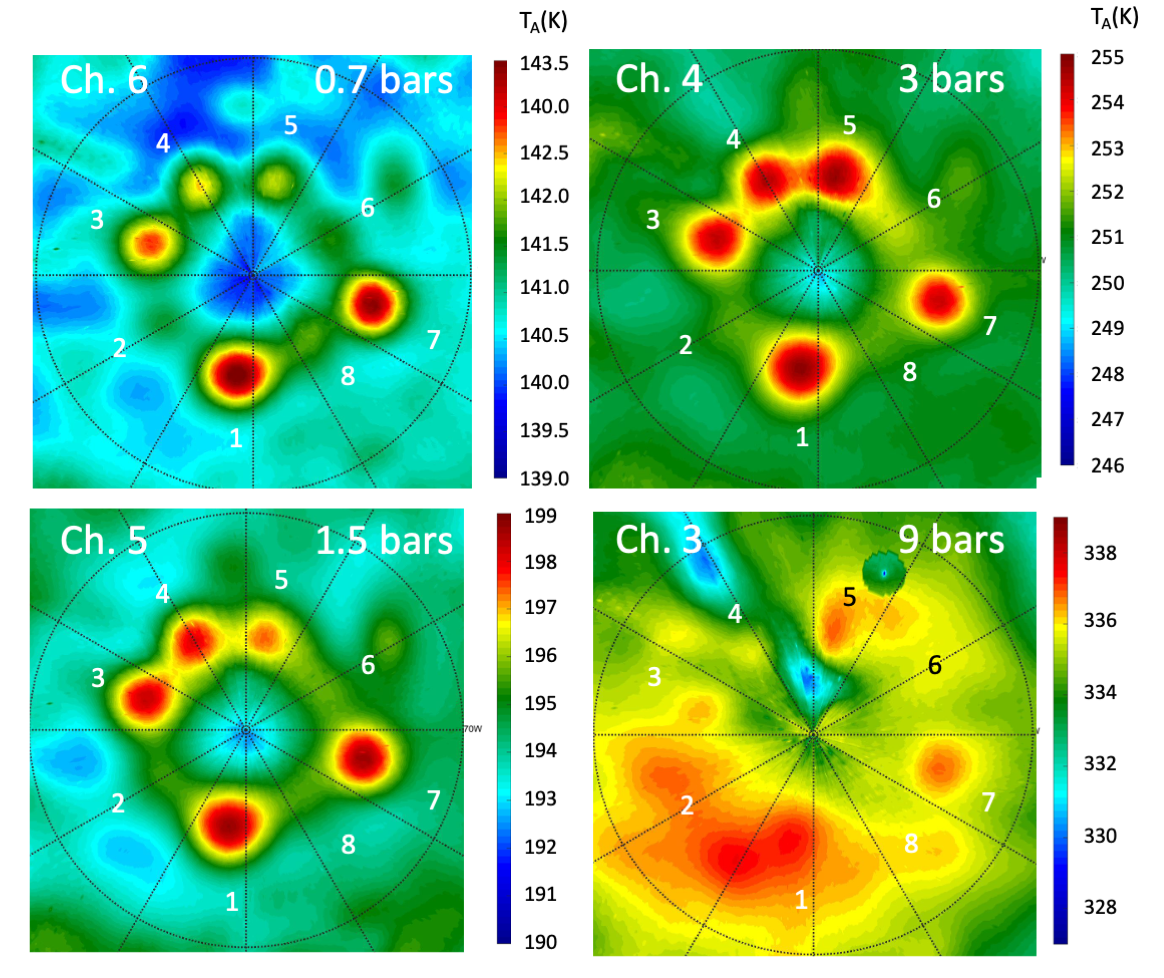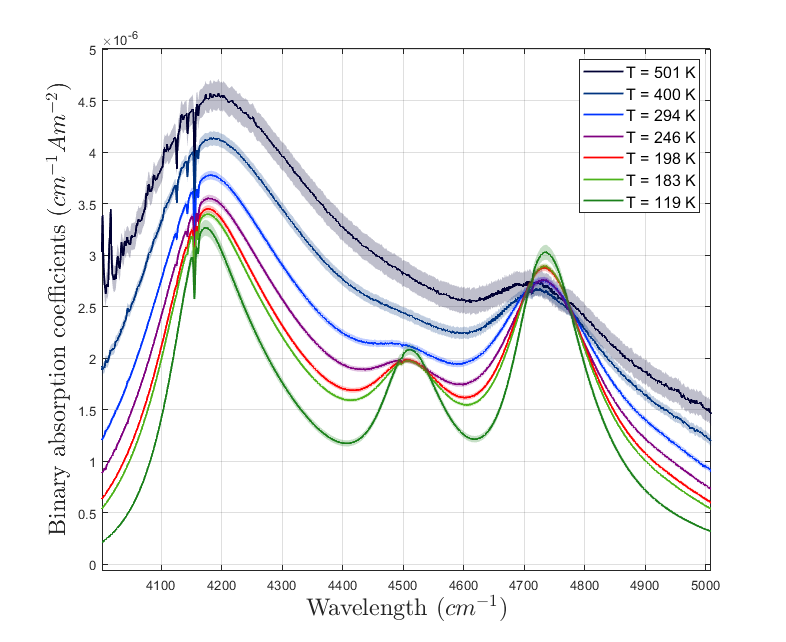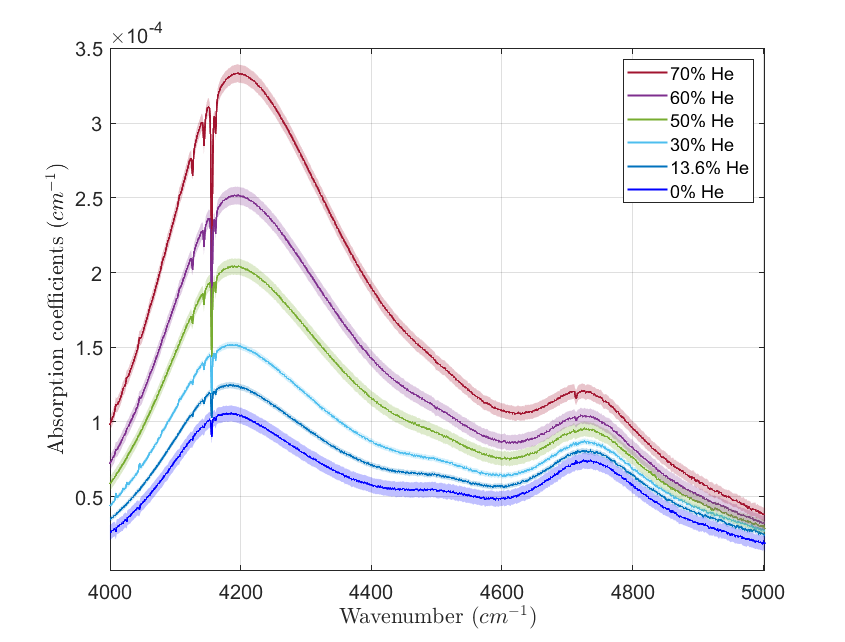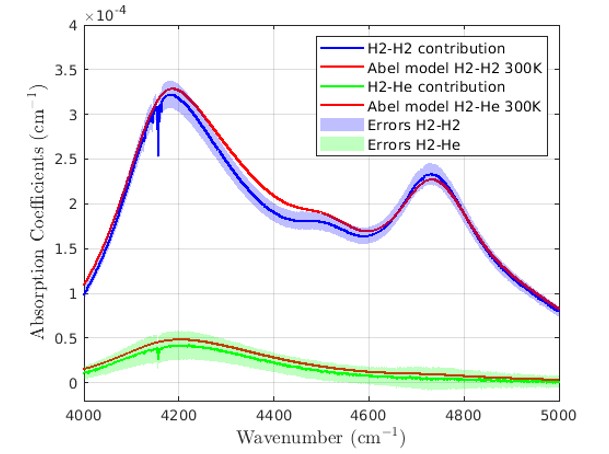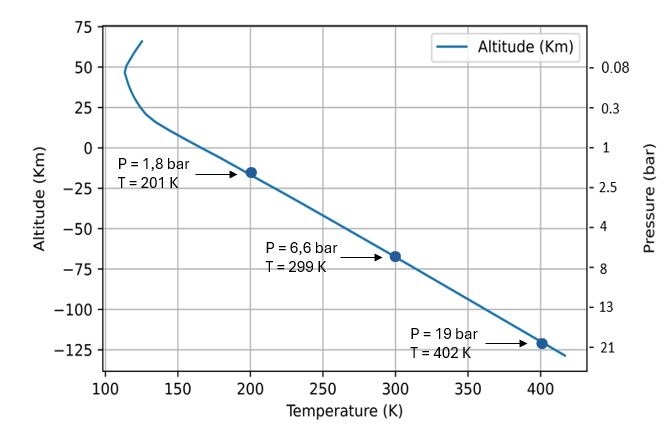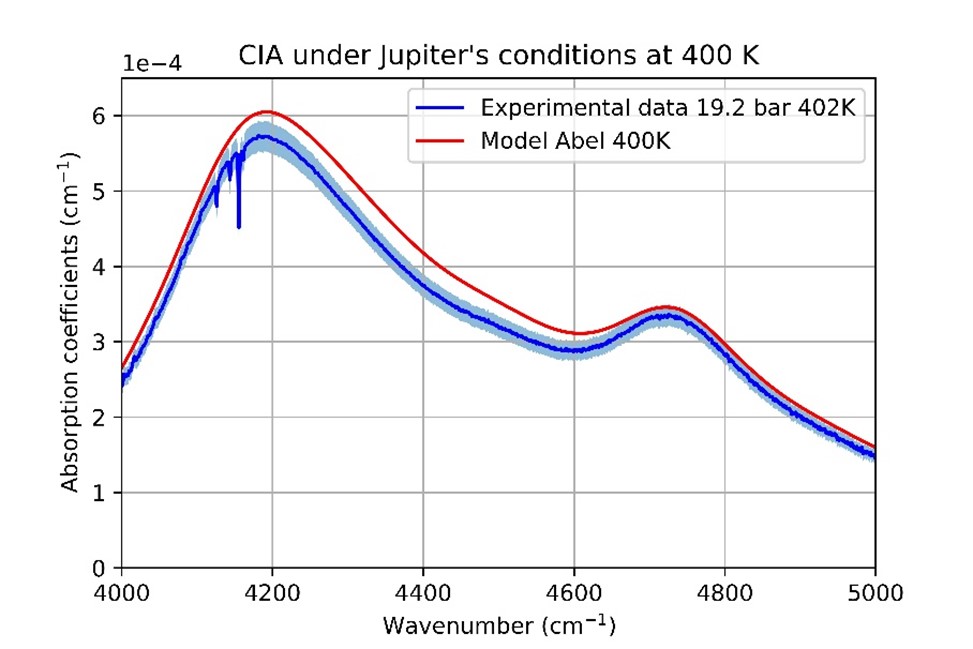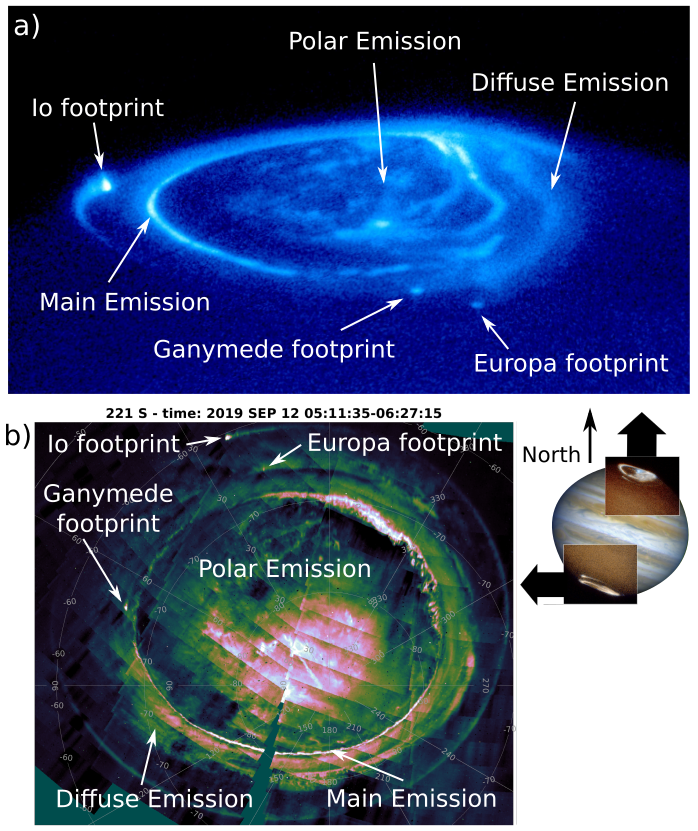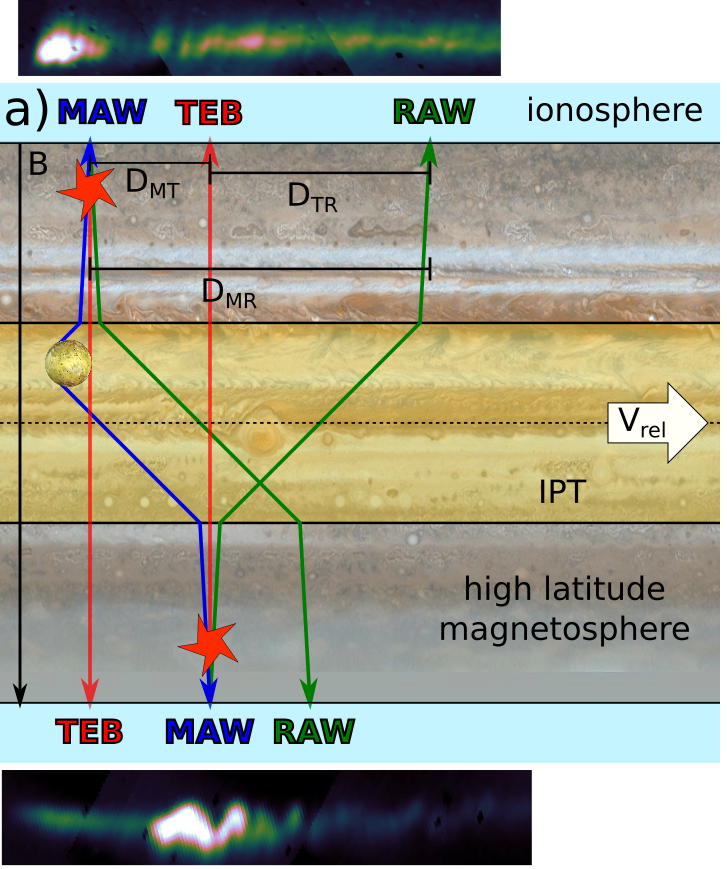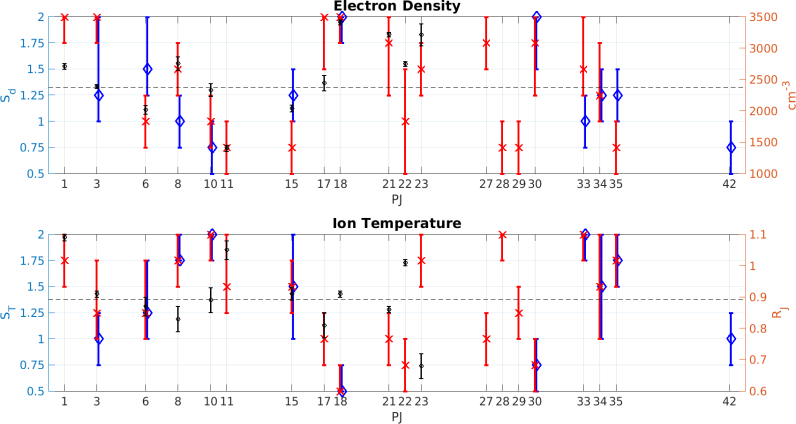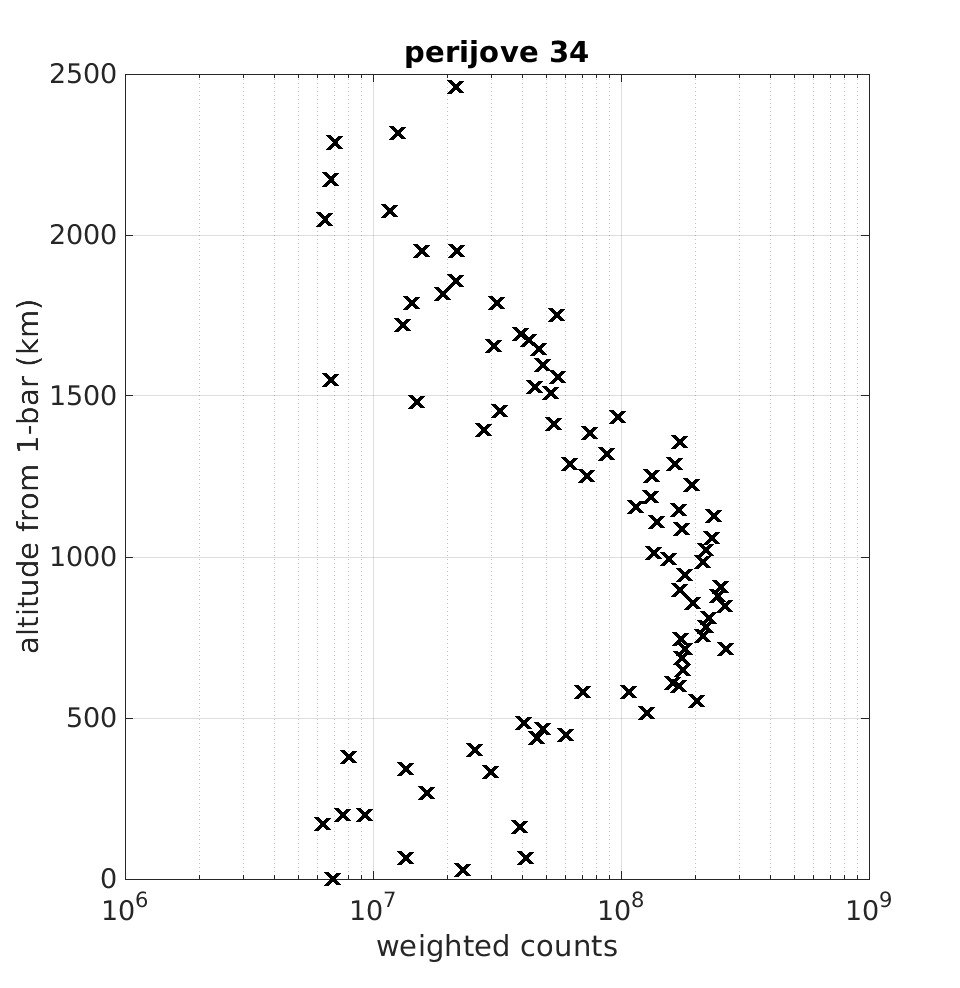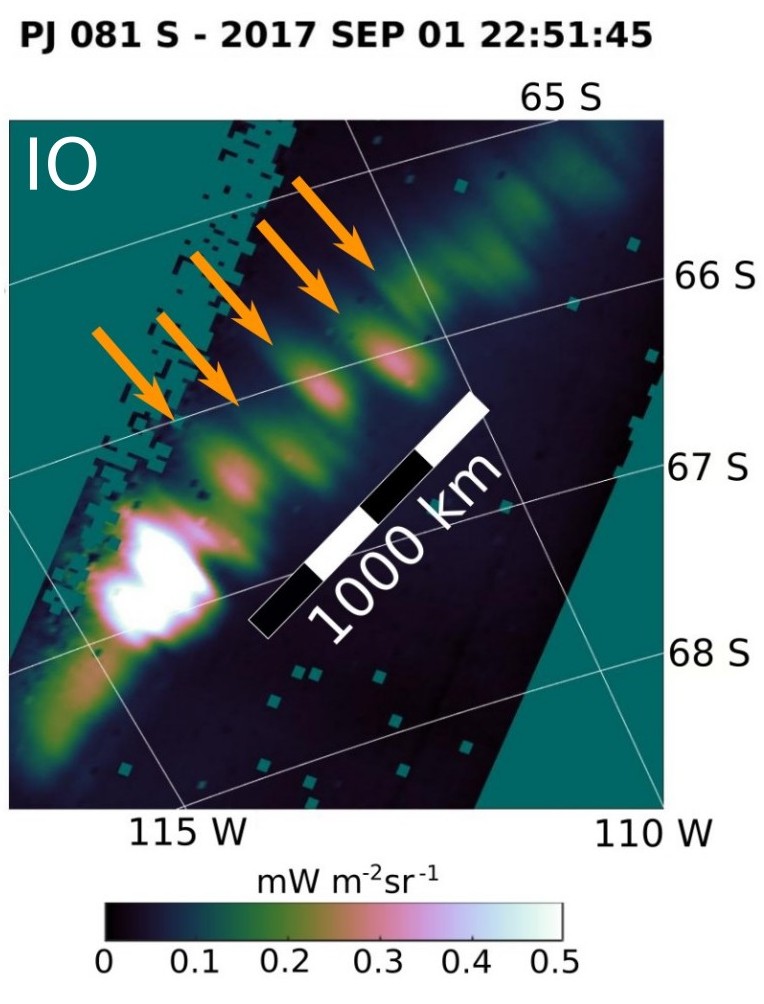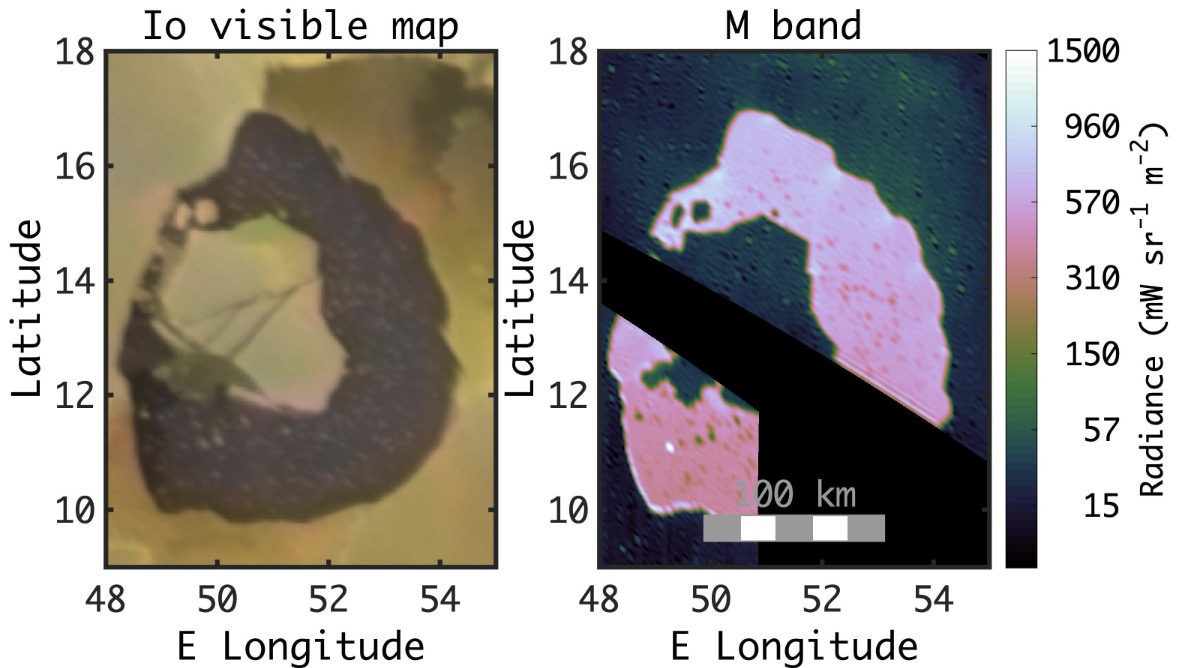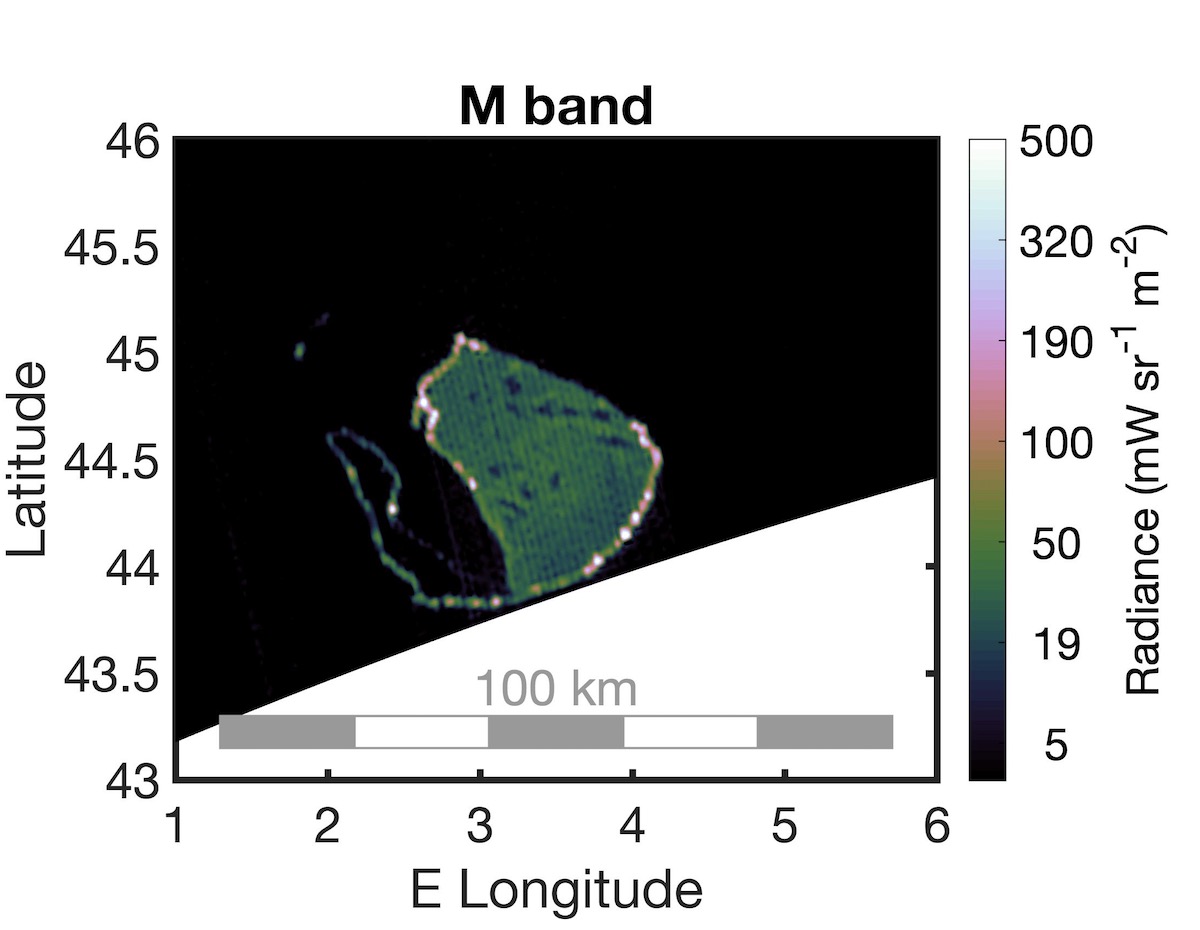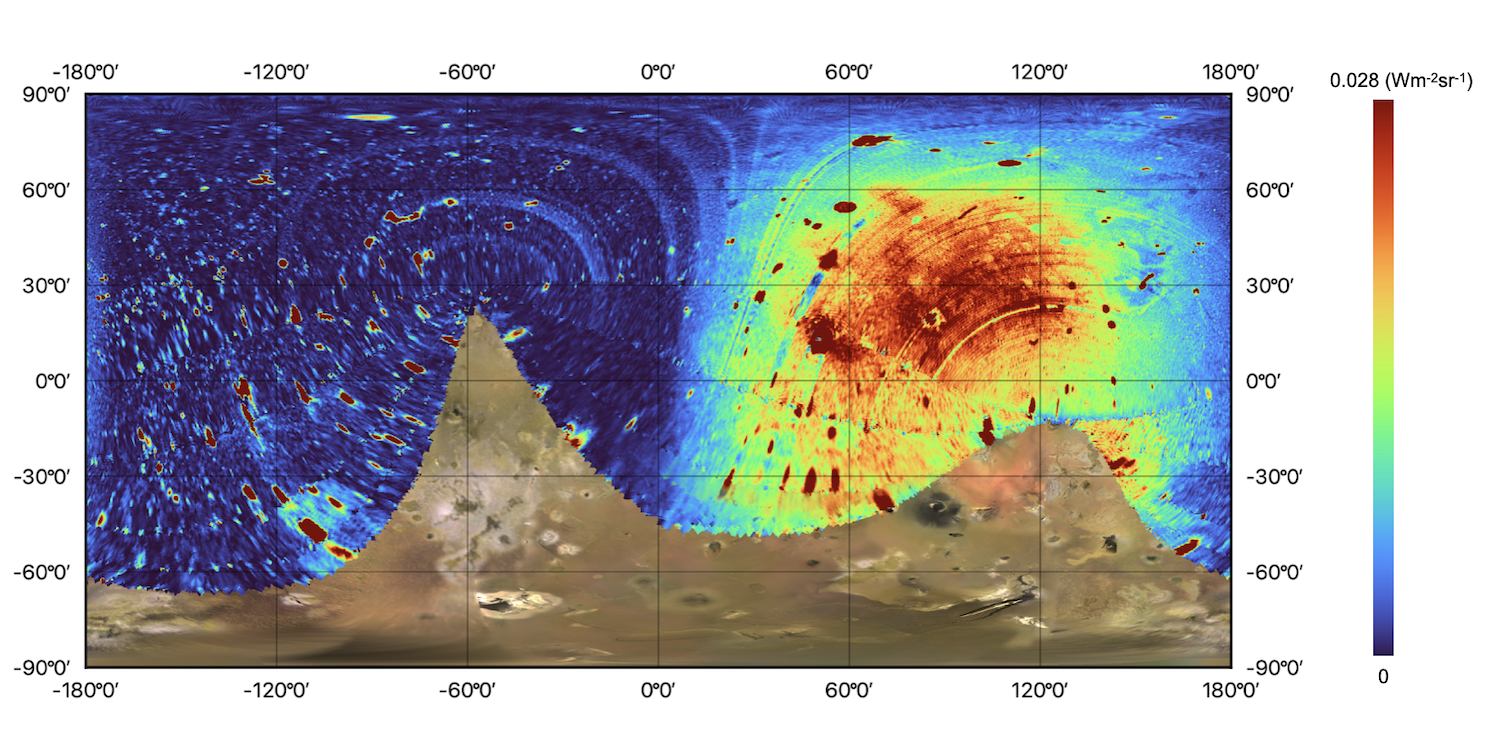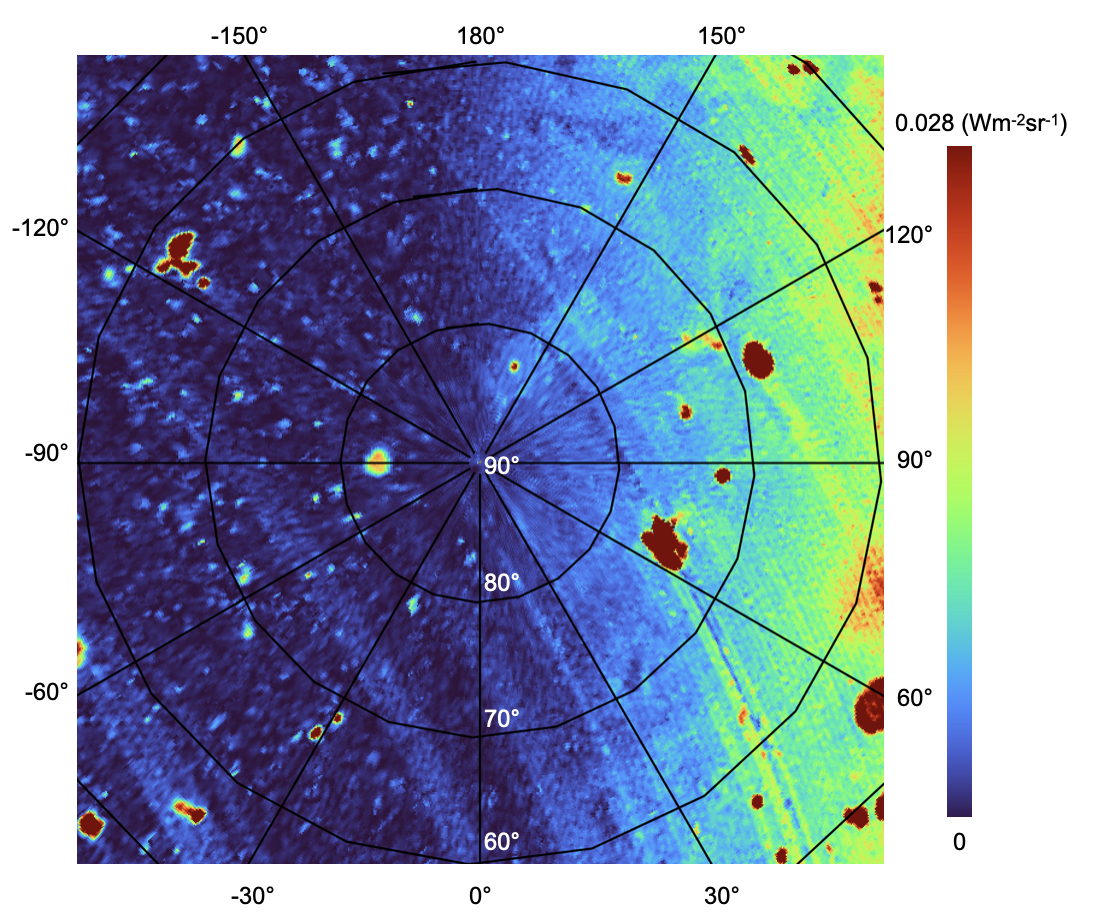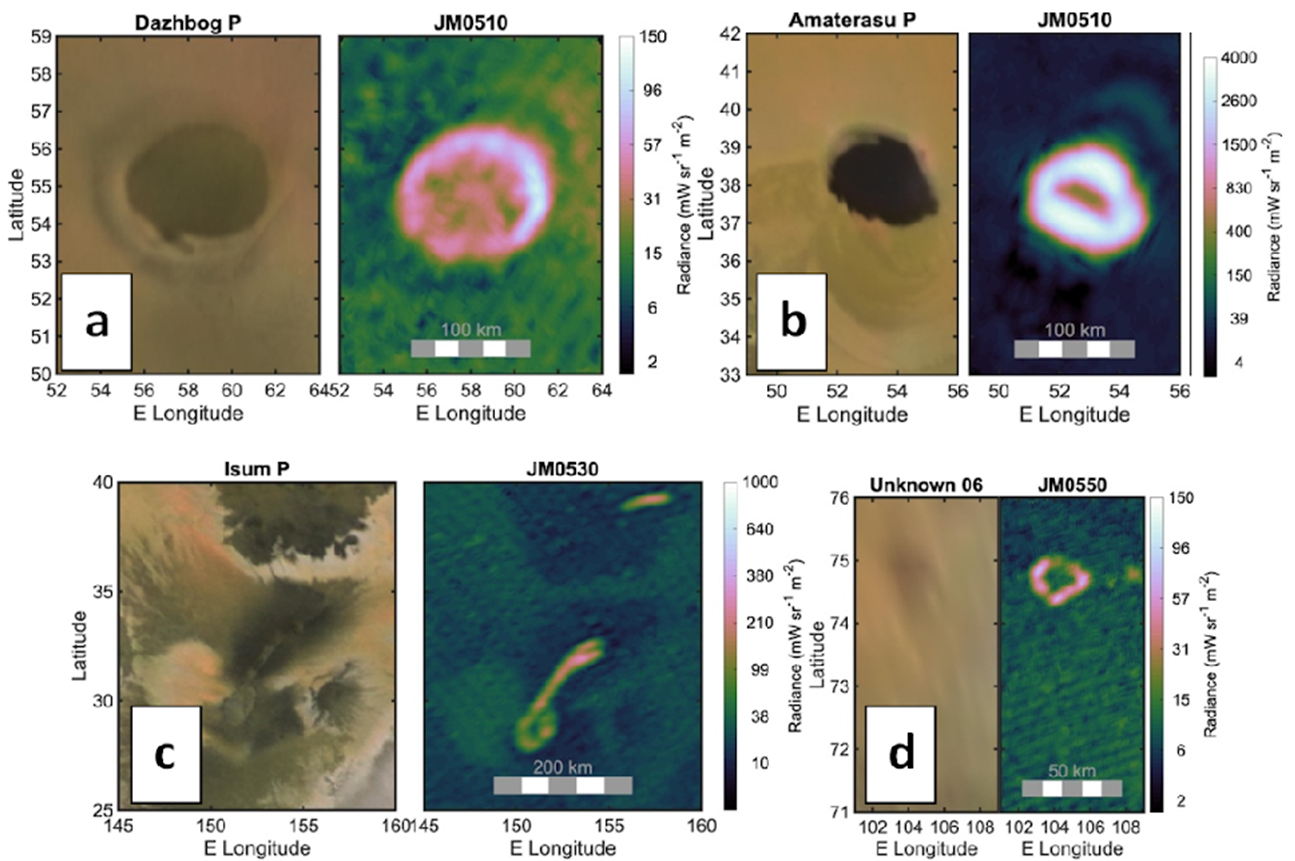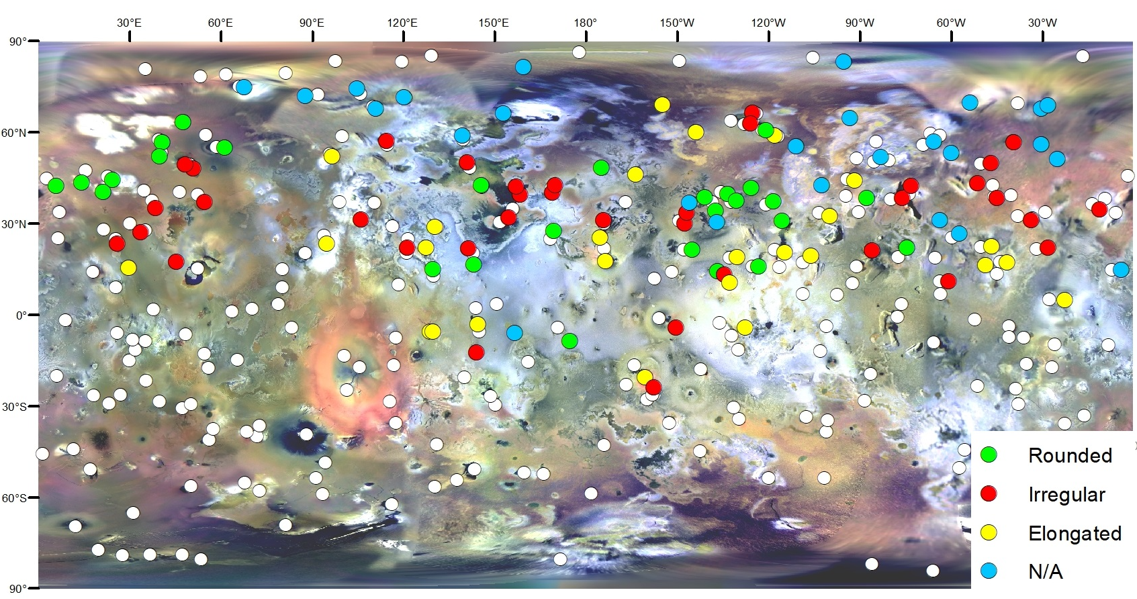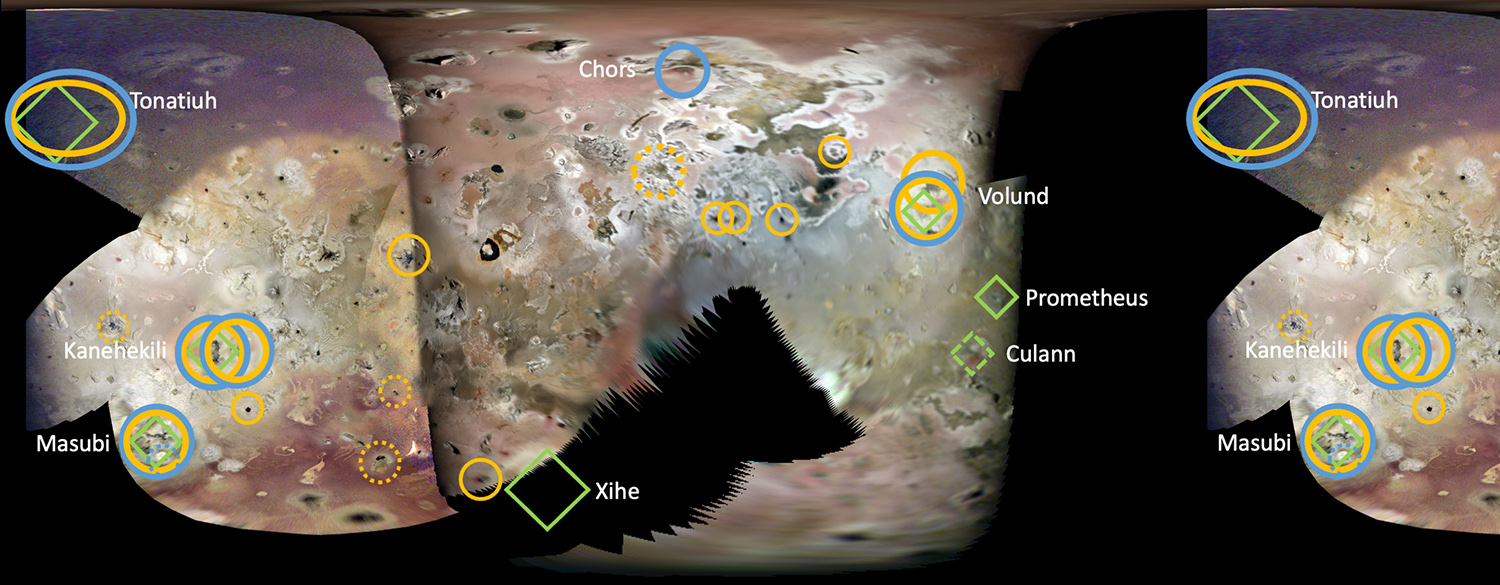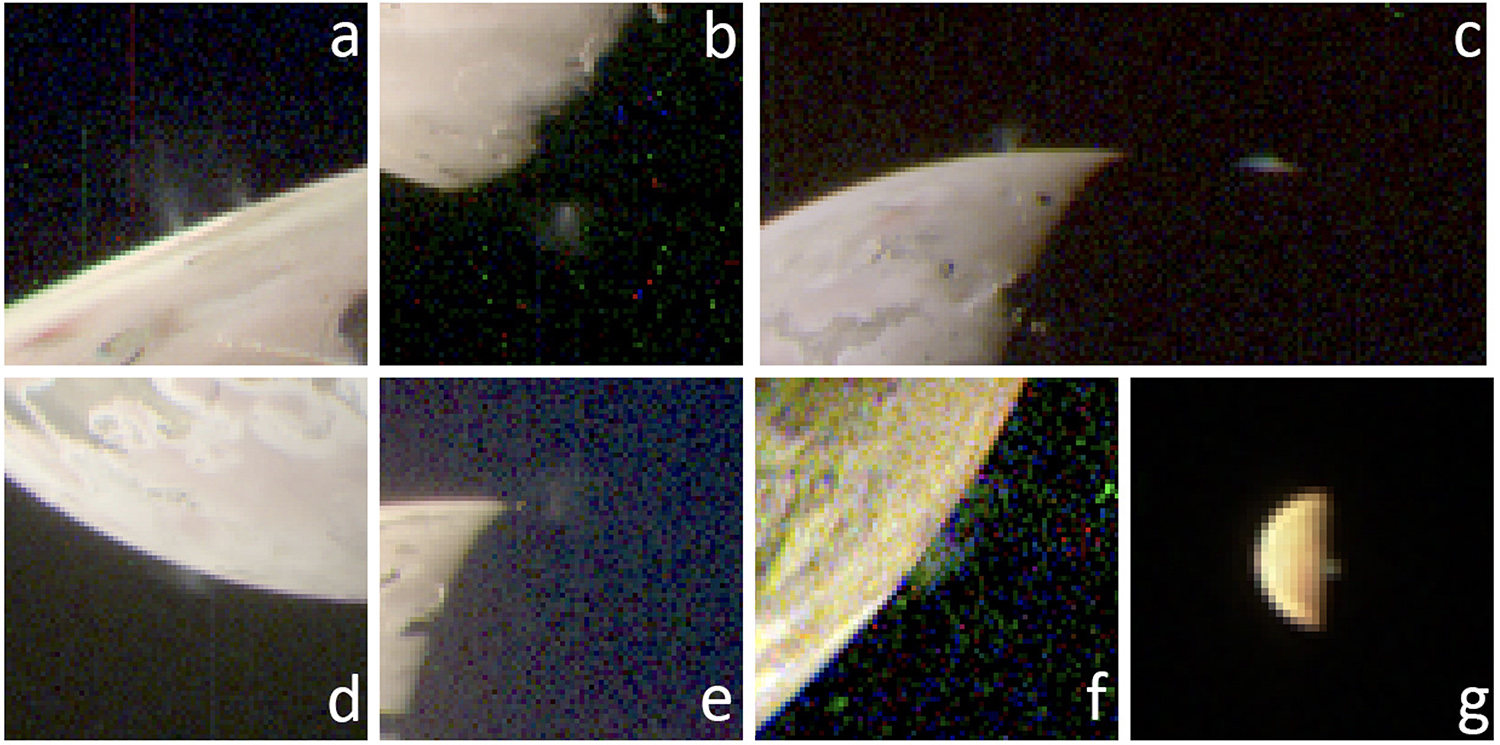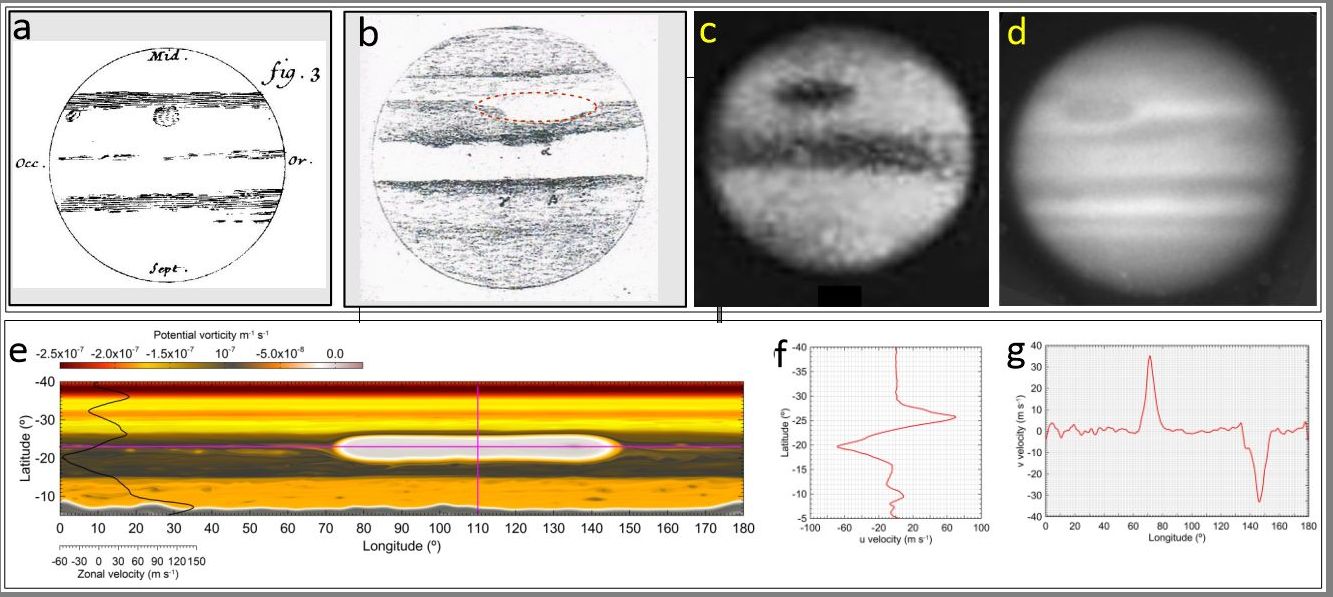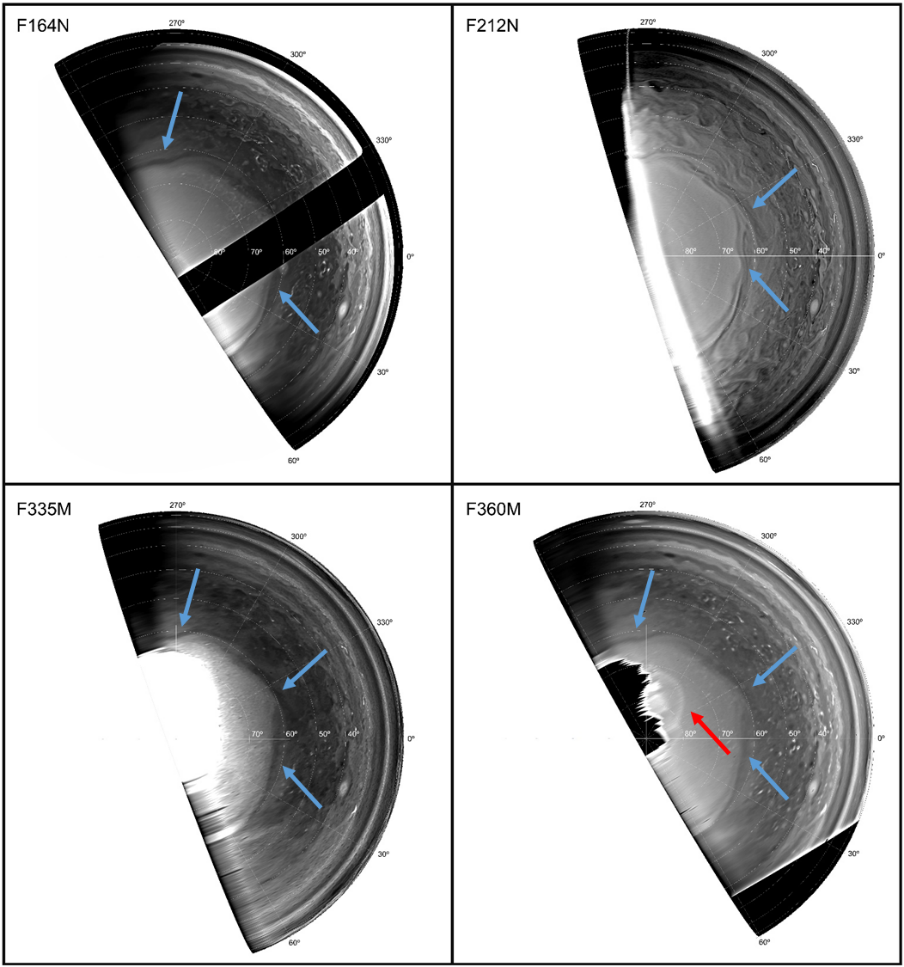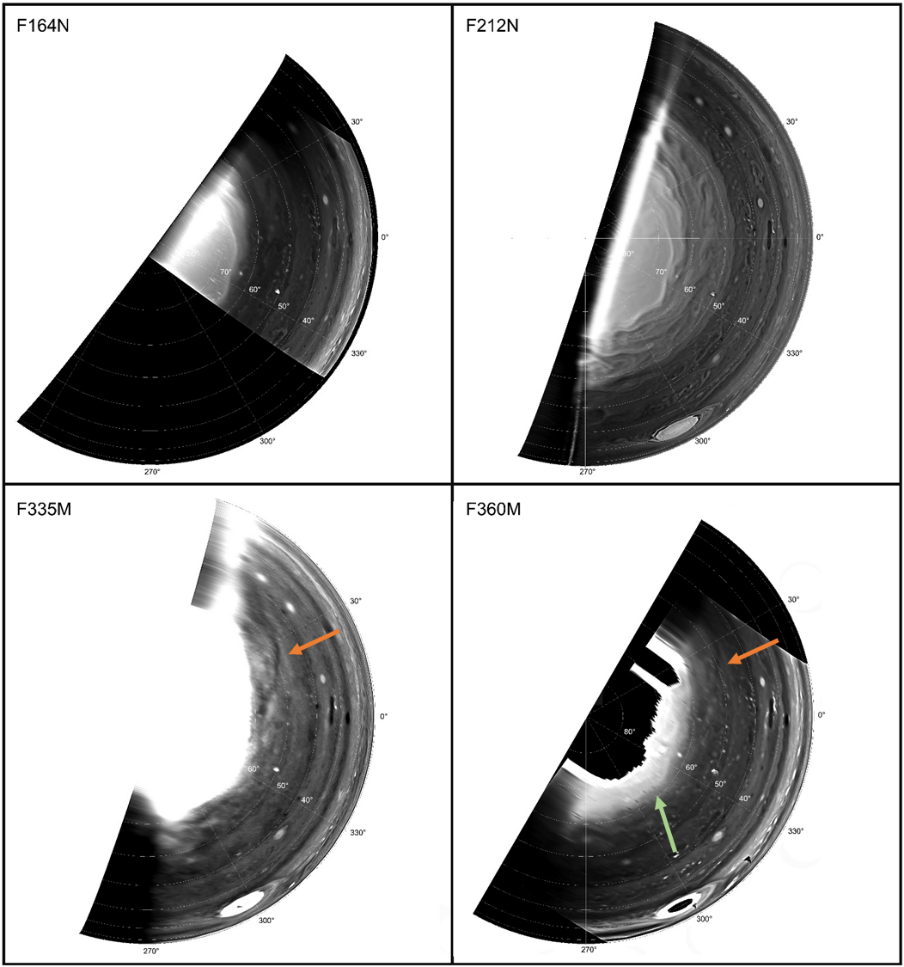OPS2
Jupiter and Giant Planet Systems: Juno Results
Co-organized by TP/EXOA
Convener:
Scott Bolton
|
Co-conveners:
Francesca Zambon,
Heidi Becker,
Anton Ermakov,
Paul Hartogh,
Alessandro Moirano,
Ali Sulaiman
Orals
|
Mon, 09 Sep, 08:30–12:00 (CEST), 14:30–16:00 (CEST)|Room Sun (Auditorium)
Posters
|
Attendance Tue, 10 Sep, 10:30–12:00 (CEST) | Display Tue, 10 Sep, 08:30–19:00 |Poster area Level 2 – Galerie, Attendance Tue, 10 Sep, 14:30–16:00 (CEST) | Display Tue, 10 Sep, 08:30–19:00 |Poster area Level 2 – Galerie
Session assets
08:45–09:00
|
EPSC2024-866
|
ECP
|
solicited
|
On-site presentation
09:00–09:10
|
EPSC2024-734
|
ECP
|
On-site presentation
09:10–09:15
Q&A
09:15–09:25
|
EPSC2024-553
|
On-site presentation
09:25–09:35
|
EPSC2024-378
|
On-site presentation
09:35–09:45
|
EPSC2024-154
|
On-site presentation
09:45–09:55
|
EPSC2024-689
|
ECP
|
On-site presentation
09:55–10:00
Q&A
Coffee break
Chairperson: Alessandro Moirano
10:30–10:45
|
EPSC2024-801
|
solicited
|
On-site presentation
10:45–11:00
|
EPSC2024-674
|
solicited
|
On-site presentation
11:00–11:10
|
EPSC2024-280
|
On-site presentation
11:10–11:15
Q&A
11:15–11:25
|
EPSC2024-775
|
ECP
|
On-site presentation
11:25–11:35
|
EPSC2024-950
|
On-site presentation
11:35–11:45
|
EPSC2024-688
|
ECP
|
On-site presentation
11:45–11:55
|
EPSC2024-73
|
On-site presentation
11:55–12:00
Q&A
Lunch break
Chairperson: Melissa Mirino
14:30–14:45
|
EPSC2024-593
|
ECP
|
On-site presentation
14:45–14:55
|
EPSC2024-726
|
ECP
|
On-site presentation
14:55–15:10
|
EPSC2024-528
|
solicited
|
On-site presentation
15:10–15:15
Q&A
15:15–15:25
|
EPSC2024-291
|
On-site presentation
15:35–15:45
|
EPSC2024-547
|
ECP
|
On-site presentation
15:45–15:55
|
EPSC2024-731
|
On-site presentation
15:55–16:00
Q&A
P47
|
EPSC2024-18
|
On-site presentation
P48
|
EPSC2024-28
|
On-site presentation
P49
|
EPSC2024-369
|
On-site presentation
P50
|
EPSC2024-373
|
ECP
|
On-site presentation
P51
|
EPSC2024-482
|
On-site presentation
Jupiter’s magnetic field geometry and its relation with new decameter radiation events observed by Juno
(withdrawn)
P52
|
EPSC2024-496
|
ECP
|
On-site presentation
P53
|
EPSC2024-669
|
ECP
|
On-site presentation
P54
|
EPSC2024-517
|
Virtual presentation
Morphological features and evolution of Jupiter’s Polar Cyclones revealed from JunoCam and JIRAM.
(withdrawn)
P56
|
EPSC2024-778
|
ECP
|
On-site presentation
An Enhanced Toolset for JunoCam Images of Io with Interactive Mosaic Visualization and Segmentation-Enhanced Georeferencing
(withdrawn after no-show)
P57
|
EPSC2024-202
|
On-site presentation
P58
|
EPSC2024-208
|
ECP
|
On-site presentation
